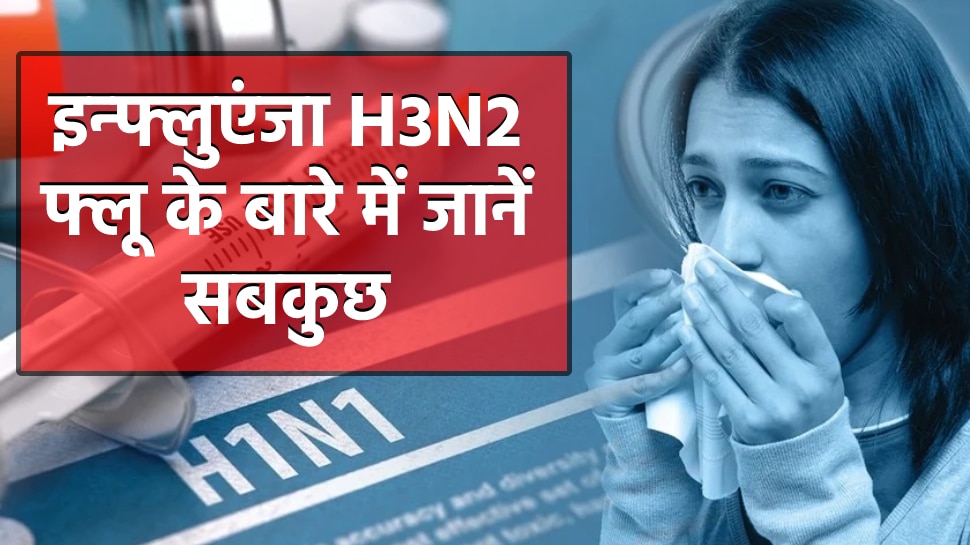Join Fox News for access to this content Plus special access to select articles and other premium content with your account – free of charge. Please enter a valid email address. By entering your email and pushing continue, you are agreeing to Fox News’ Terms of Use and Privacy Policy, which includes our Notice of Financial Incentive. To access the content, check your email and follow the instructions provided.
Having trouble? Click here. Grayson Naff, 8, is preparing for life without vision.The Ohio second-grader was diagnosed last year with Batten disease, a rare genetic disorder that causes vision loss, seizures, cognitive decline, impaired mobility and, ultimately, death.As the disease progresses and his vision further declines, the child — with the support of his mother, Emily Blackburn, and a host of educators and experts — has started the necessary training to navigate the world without eyesight.OHIO MOTHER HOPES FOR A CURE TO SAVE HER SON, 8, FROM RARE, FATAL DISEASE: ‘GUT-WRENCHING’Naff’s current vision is around 20/200-20/300, which is considered legally blind. He sees best about 5 to 10 inches in front of him, Blackburn said. Grayson Naff, 8, pictured with mom Emily Blackburn at left, was diagnosed last year with Batten disease, a rare genetic disorder that causes vision loss, seizures, cognitive decline, impaired mobility and, ultimately, death. (Emily Blackburn)Recently, the boy began “white cane training.”A white cane is a critical mobility tool for the blind or visually impaired. It scrapes along the ground as the person walks, allowing the individual to gather important information about the surroundings.MUSCULAR DYSTROPHY BREAKTHROUGH: FDA APPROVES FIRST-EVER GENE THERAPY FOR RARE CHILDREN’S DISEASE”White cane training is important for certain individuals with vision loss to increase their independence while traveling throughout their environment,” Rhianna Witt, an orientation and mobility specialist with Montgomery County Educational Service Center (MCESC) in Dayton, Ohio, told Fox News Digital.Witt has been working with Naff on his white cane training.”The white cane allows [the blind person] to detect changes in elevation, obstacles and changes in surface texture,” she said. “It is a tool used for previewing the environment.” Grayson Naff practices using his white cane at his school as part of the preparations for full vision loss. (Elizabeth Blackburn)The white cane also signals to others that the person using it has low vision, Witt noted, which makes the person more visible in public places and street crossings.”It’s important for students to learn to use their white cane with a certified orientation and mobility specialist,” Witt said. “Practicing using their cane in practical and age-appropriate environments will help them develop the skills needed as they get older and/or their vision changes.”WHY ARE SOME PEOPLE COLOR BLIND? HERE’S THE SCIENCE BEHIND IT, INCLUDING HOW TO RECOGNIZE SYMPTOMSNaff was introduced to the white cane in his elementary school gym, and then he walked the halls using it, his mother said.”His favorite color is red, so he liked how the white cane had red [on it],” Blackburn told Fox News Digital. “He learned how wide to move it, how to hold it, how to use it to hear different materials on the ground and how to fold it up.” “I was extremely anxious for him to be introduced to the white cane,” said Naff’s mother. “Losing vision can sometimes be an invisible disability, but when you have a white cane, it suddenly becomes real.” (Elizabeth Blackburn)Witt praised the boy for working hard on his orientation and mobility training. “The focus has been to ensure that he is navigating his school well and gaining the skills necessary to problem-solve when his vision may be affecting his ability to orient or navigate,” she said.While the white cane training was an important step for Naff — it was difficult for his mother.MOM PRAISES VIRAL PARENTING TACTIC AS SHE ALLOWS HER KIDS TO PLAY BY THEMSELVES: ‘WHOLE NEW WORLD'”I was extremely anxious for him to be introduced to the white cane,” she said. “Losing vision can sometimes be an invisible disability, but when you have a white cane, it suddenly becomes real.””No one prepares you for this — I wake up every day and have to remember that this is our life.” “Accepting that my son is legally blind — and that if he goes down the typical path of children with Batten disease, he will likely lose all of his vision — is heartbreaking.”An even more difficult realization, she said, is that loss of vision is only the beginning of the disease’s devastating effects. Grayson Naff is pictured with his little brother. “The only way we move forward is with hope and the love we have for Grayson,” his mother said. (Elizabeth Blackburn)”No one prepares you for this,” Blackburn said. “I wake up every day and have to remember that this is our life.”Her son has also started training in Braille, which allows visually impaired people to read by feeling a system of raised dots. FLORIDA STUDENT AND TEACHER BOND OVER MATCHING SCARS FROM THEIR OPEN-HEART SURGERIES: ‘TOUGH COOKIES’Becca King, teacher of the visually impaired at MCESC in Dayton, Ohio, has been helping the boy with his Braille lessons.”Learning to read Braille is a lot like learning to read print,” she told Fox News Digital. “It’s important to have the fundamentals and to take it step by step.” “We take pictures, we make memories, we try to live life as normal as possible — but with a crack in our hearts and hope for the future,” said Grayson Naff’s mother. (Emily Blackburn)”Grayson is a pleasure to work with,” she told Fox News Digital. “He is enthusiastic about learning and is willing to do anything that I ask him to. He has an infectious personality, and he is truly the highlight of my day when I get to see him.”She added, “He is a bright light to all who know him.”Naff also has an aide at school who helps him scribe — meaning he writes down what the boy says. The young student also has a portable desktop magnifying device that magnifies and changes contrast to help him see his papers at school.Ongoing care Every six months, Naff and his family drive seven hours to see his ophthalmologist at the University of Iowa, who specializes in juvenile inherited eye disease.During each visit, “Grayson goes through a whole day of eye exams to test if his vision has changed,” Blackburn said.Their next visit is scheduled for May. “The only way we move forward is with hope and the love we have for Grayson.” “The anxiety and anticipation is challenging, because we want to accept Grayson’s vision however it may be, but our hope is that he’ll have his vision for as long as possible,” his mother said. Naff is also taking Miglustat, a medication that could help ease or slow down symptoms. Cost is a concern, though. Since the drug is not yet FDA-approved for use with Batten disease, it has a hefty co-pay.CLICK HERE TO SIGN UP FOR OUR HEALTH NEWSLETTER”If insurance doesn’t cover it, it’s about $100 per pill, or $9,000 each month,” Blackburn said.There is currently no cure for Batten disease, with life expectancy typically in the mid-teens to early 20s. Grayson Naff’s family created an organization, Guiding Grayson, to help raise awareness and funds for a cure. The boy has remained positive and happy throughout his journey with Batten disease. (Emily Blackburn)”The only way we move forward is with hope and the love we have for Grayson,” said Blackburn.”We take pictures, we make memories, we try to live life as normal as possible — but with a crack in our hearts and hope for the future.”There are resources available through private agencies, schools and government agencies to assist with the difficult transition that comes with vision loss, Witt pointed out.CLICK HERE TO GET THE FOX NEWS APP”It is helpful to find a community of people who are going through a similar experience and can provide advice and stories of hope,” she added.Anyone wanting more information about Grayson Naff’s journey and Batten disease can visit guidinggrayson.com.For more Health articles, visit www.foxnews.com/health.
Source link
Ohio boy, 8, prepares for blindness: ‘It’s heartbreaking,’ his mom says





